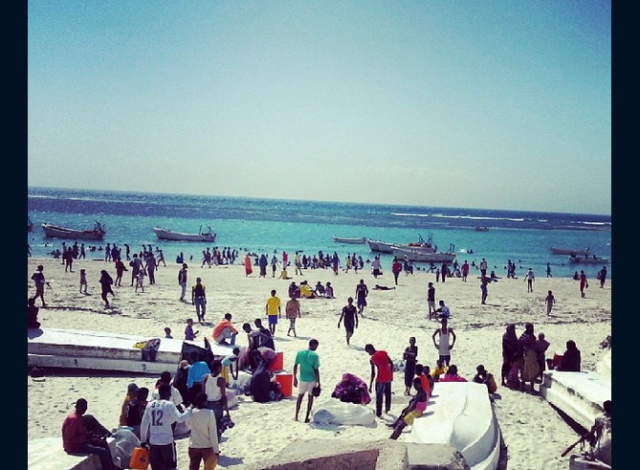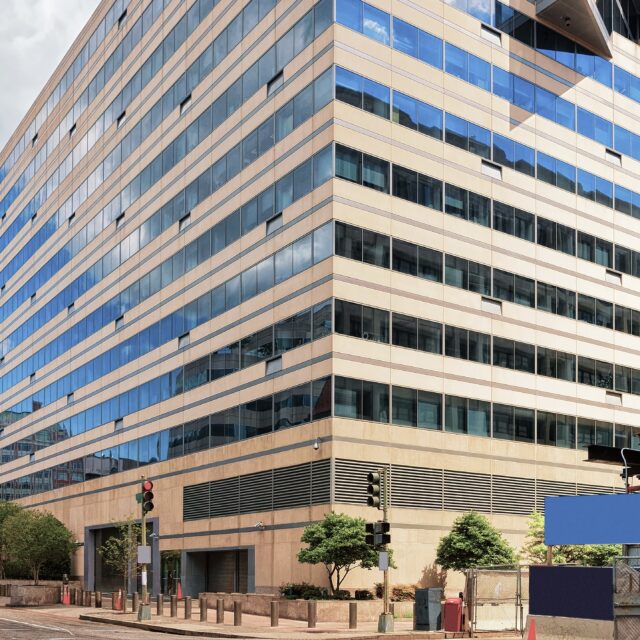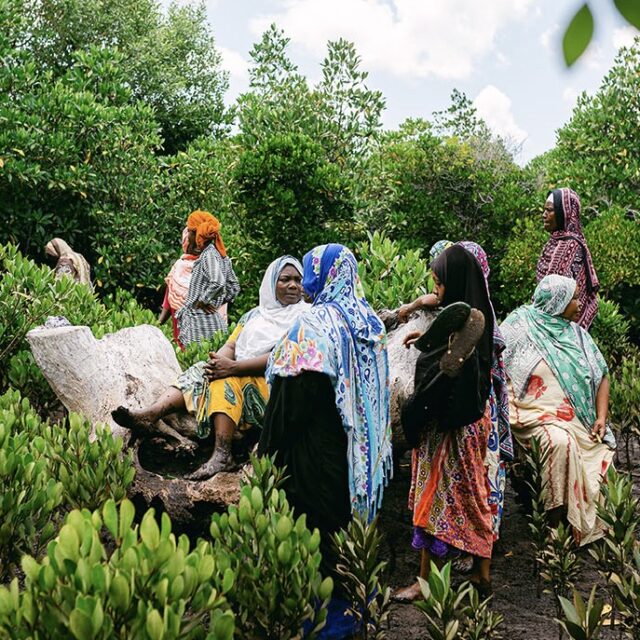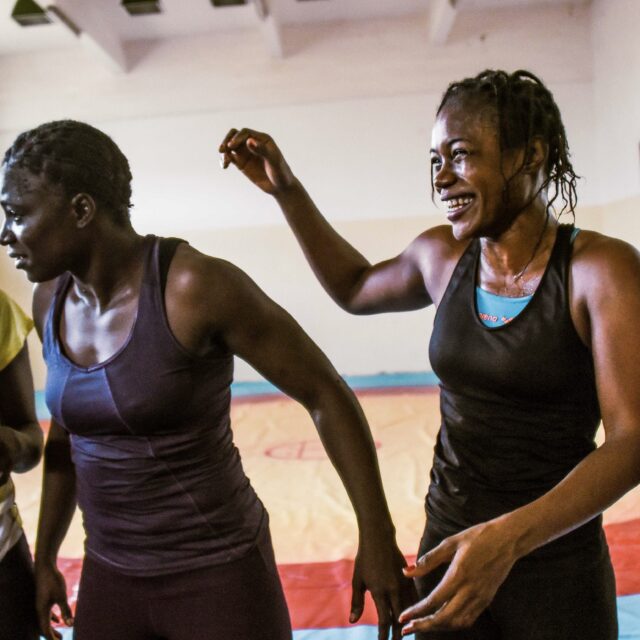
“Happiness” in Somalia. Photo: Samira Al Baroud, submitted to Guardian Witness.
Every year, Foreign Policy magazine publishes a feature called Postcards from Hell: a series of photos from what it calls “the world’s 50 worst places”.
These are countries that top the Fragile States Index, with the 2014 version published last week. Many are in the midst of conflict and insecurity, so South Sudan, Somalia and Central African Republic unsurprisingly rank highest on the list. But the top 50 also includes Cambodia, Cote d’Ivoire, Kenya, Lebanon, Liberia, Nepal and Zambia.
Are these really the worst places in the world? Are they full of nothing but disease, poverty, terrorism and war, as Foreign Policy would have us believe?
As a reality check, Guardian Witness is inviting you to send in pictures that reveal a different side to life in these countries. Whether you live, work or have travelled there recently, submit your photo and see it featured in their gallery.
What is a fragile state?
Actually, there is no universally agreed definition. The OECD’s description is a “weak capacity to carry out basic governance functions” and greater vulnerability to “internal or external shocks such as economic crises or natural disasters.”
The Fragile States Index looks at 90 indicators including human rights and the rule of law, uneven economic development and poverty, group grievances, refugees and internally displaced people, and population pressures. Fragility can affect only some parts of a country, and it can also cross national boundaries (such as in the Sahel and Horn of Africa).
A consensus is emerging around the need to view fragility and resilience as a spectrum, rather than binary conditions.This is being led by the work of the g7+ and the New Deal – an initiative to which conflict-affected countries voluntarily sign up to share experiences and receive the support of the international community.
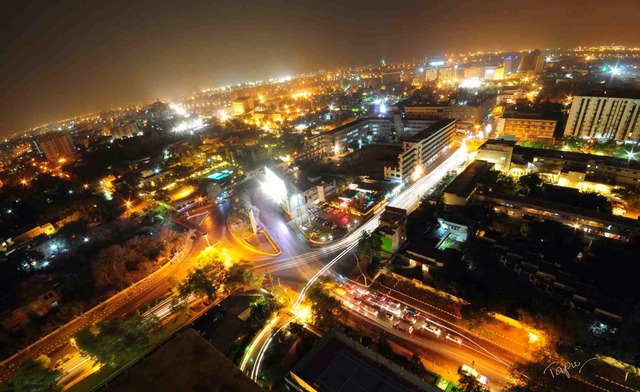
A night view of Karachi, Pakistan, from the roof of the Avari Towers. Photo: Tapu Javeri, submitted to Guardian Witness.
What does fragility have to do with poverty?
It’s no coincidence that the countries at the top of the Fragile States Index are among the poorest in the world. In a vicious cycle, poverty and inequality can fuel conflict, while characteristics of fragility, such as insecurity, weak government institutions, and inadequate public services, can undermine development and entrench poverty.
At least a third of all people surviving on less than $1.25 a day live in fragile states. But because the overall population in these countries is growing twice as fast as the rest of the world, and because stable and conflict-free countries are better able to entrench development progress, it is estimated that this proportion will rise to half by 2018, and two-thirds by 2030.

Egyptians love to ride four wheelers into the desert, especially at dusk and into the night – it’s really fun and it’s something you can do in any part of Egypt – on the North Coast, in Sinai, anywhere! Photo: Malaka Gharib
Ending extreme poverty by 2030 will require a more concerted effort than ever before to address difficult challenges in fragile states, such as inequality, poor governance, and conflict. But this isn’t helped by resigning these countries to their fate as the “world’s worst places”.
Instead, we should be empowering citizens to tell their own stories, share their opinions on what needs to change, and focus on opportunities such as natural resources or booming youth populations to combat fragility and poverty.
